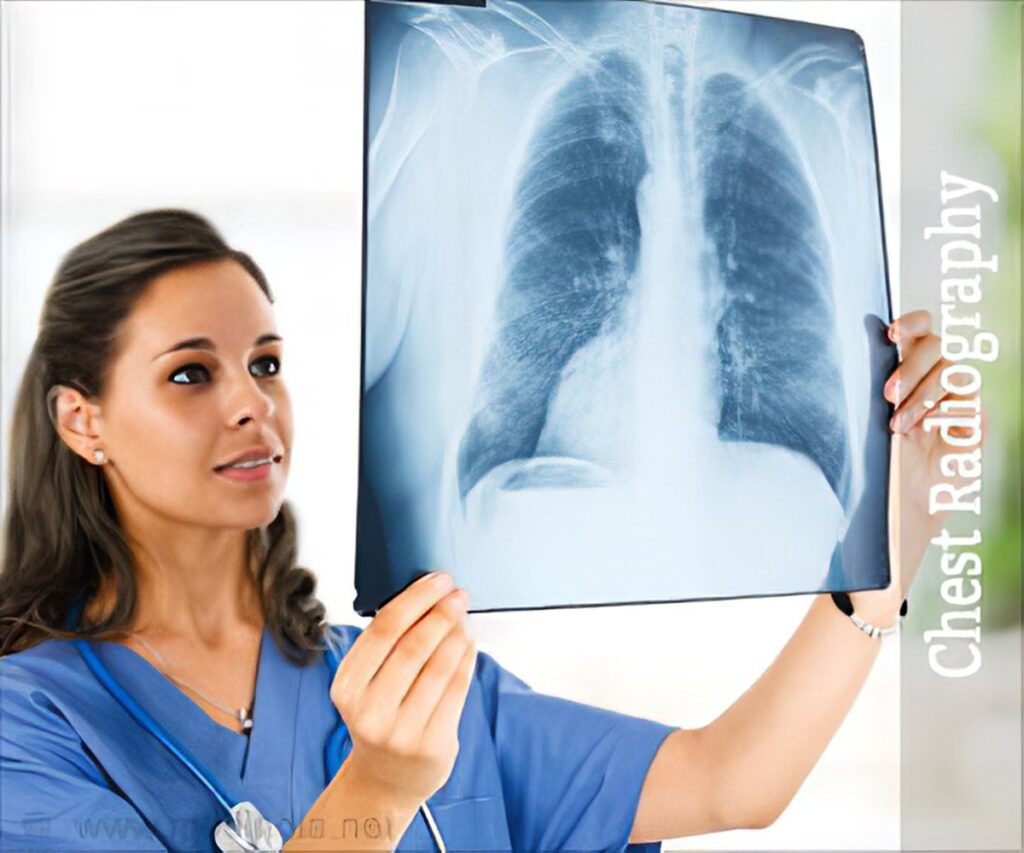Expiratory chest radiographs play a crucial role in the field of diagnostic imaging, offering valuable insights into the dynamics of lung function and pulmonary pathology. This article delves into the purpose, procedure, and interpretation of expiratory chest radiographs, shedding light on their clinical significance and practical applications. Understanding the nuances of obtaining and analyzing expiratory chest radiographs is essential for healthcare professionals involved in respiratory care, radiology, and pulmonology. By exploring the nuances of this specialized imaging technique, we can enhance our ability to diagnose and manage a wide range of respiratory conditions effectively.
Introduction to Expiratory Chest Radiographs
Definition and Purpose
Expiratory chest radiographs are specialized x-ray images taken while the patient is actively exhaling. The purpose of these images is to evaluate lung function and detect conditions such as air trapping, hyperinflation, and dynamic airway collapse.
Historical Perspective
The concept of expiratory chest radiographs dates back to the early 20th century when doctors observed the changes in lung volumes during breathing. Over time, advancements in imaging technology have made it possible to capture these dynamic changes with greater precision.
Purpose and Clinical Significance
Diagnostic Uses:
Expiratory chest radiographs are valuable in diagnosing conditions like chronic obstructive pulmonary disease (COPD), asthma, and bronchiolitis. They help identify abnormalities that may not be visible on standard chest x-rays taken at rest.
Role in Pulmonary Function Testing:
These radiographs play a crucial role in assessing lung function and monitoring the effectiveness of treatment in respiratory diseases. They provide vital information for pulmonary function testing and treatment planning.
Procedure for Obtaining Expiratory Chest Radiographs
Patient Positioning: Patients are often positioned in a standing or seated position for expiratory chest radiographs to ensure optimal lung expansion and clear imaging of the airways.
Breathing Instructions: Patients are instructed to take a deep breath in and then exhale forcefully while the image is being captured. This dynamic breathing process helps reveal any abnormalities in lung function.
Image Acquisition Techniques: Radiologic technologists use specialized techniques to capture images at specific points during exhalation to visualize changes in lung volumes and airflow dynamics accurately.
“The PRORAD 2FC – Floor mounted tube column design is the first of its kind in India, designed specifically for the high density patient population markets and to accommodate the space constraints, without compromising on Quality, Convenience and Safety.”
Patient Preparation and Safety Considerations
Pre-procedure Instructions
Patients may need to remove any metal objects or clothing that could interfere with the imaging process. They are also briefed on the breathing instructions to ensure successful image acquisition.
Radiation Safety Measures
Radiation exposure during chest radiographs is minimal but essential safety measures are followed to minimize risks. Lead shielding and precise imaging protocols are used to ensure patient safety during the procedure.
“Prognosys Medical Systems design every x-ray product to be the safest product with lowest or negligible radiation (Radiation Conscious).”
Normal vs. Abnormal Findings
When examining expiratory chest radiographs, it’s crucial to differentiate between normal and abnormal findings. Normal findings may include a slightly flattened diaphragm and minor airway narrowing. On the other hand, abnormal findings could indicate conditions such as atelectasis, pneumothorax, or underlying lung pathology.
Key Anatomical Structures to Assess
During the interpretation of expiratory chest radiographs, several key anatomical structures should be carefully assessed. These structures include the lungs, diaphragm, airways, and pleura. Changes in the position, shape, or density of these structures can provide valuable insights into potential abnormalities.
Common Findings and Abnormalities
- Atelectasis
Atelectasis refers to the partial or complete collapse of a lung or a lobe of the lung. On expiratory chest radiographs, atelectasis may appear as a volume loss in lung tissue, commonly seen as opacities or consolidations. The affected area may also show signs of mediastinal shift towards the affected side.
- Pneumothorax
A pneumothorax occurs when air collects in the pleural space, leading to lung collapse. On expiratory chest radiographs, a pneumothorax may present as a visible air-fluid level or a visceral pleural line without lung markings beyond it. The affected lung may appear smaller in size compared to the contralateral side.
Advantages and Limitations of Expiratory Chest Radiographs
Comparison with Inspiratory Views: Expiratory chest radiographs offer unique advantages when compared to inspiratory views. They can help detect dynamic airway collapse, assess air trapping, and identify subtle abnormalities that may not be visible on inspiratory images. However, it’s essential to consider that expiratory views may not always be feasible in all patients or imaging settings.
Clinical Utility in Specific Conditions
Expiratory chest radiographs play a significant role in the evaluation of specific conditions such as asthma, chronic obstructive pulmonary disease (COPD), and bronchiolitis. By capturing the lung at maximum exhalation, these images can provide valuable information on hyperinflation, bronchial wall thickening, and other dynamic changes that aid in the diagnosis and management of these respiratory disorders.In conclusion, expiratory chest radiographs serve as a valuable diagnostic tool in evaluating respiratory function and pathology. By familiarizing ourselves with the purpose, procedure, and interpretation of these radiographs, healthcare professionals can enhance their ability to provide accurate diagnoses and tailored treatment plans for patients with lung-related conditions. Continued research and advancements in imaging technology will further refine the role of expiratory chest radiographs in clinical practice, ensuring improved patient outcomes and quality of care in the field of respiratory medicine.
Click the links to Know More about Prognosys Medical Systems Radiology Product Range and Request for Quote.
Contact us for more information:
– Content Team
Prognosys Medical Systems

